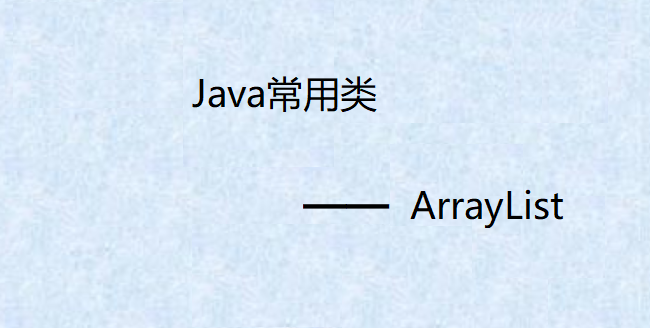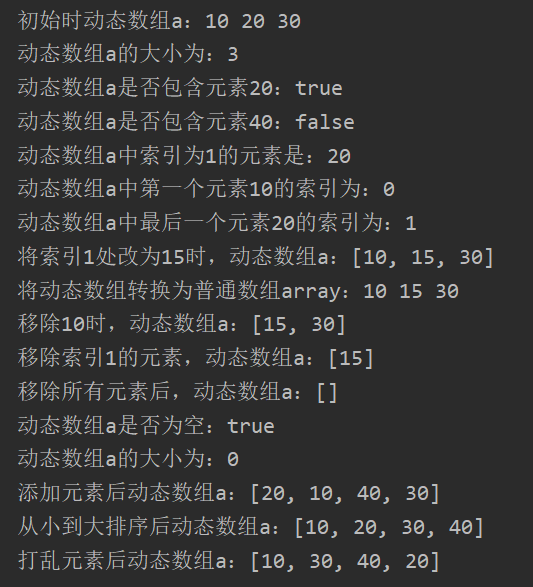
Java常用类(ArrayList)
今天给小伙伴们介绍ArrayList类,ArrayList也是Java专门用于处理动态数组的类,和Vector基本相同,都是List接口的实现类,具有大量相似的成员方法。但是区别是Vector是同步单线程的,而ArrayList是多线程的,推荐使用ArrayList。
ArrayList类
1 | package demo01; |

Java小结
当然了ArrayList的相关操作还有很多很多,在这里也不可能一一讲解,但是常用的一些操作都已经介绍,尤其是isEmpty,size,add,contains,get,indexOf索引和遍历这些操作,是笔试,面试中的重中之重,因为Vector是同步的,在Vector方法中有synchronized关键字,因此会影响性能,我们尽量使用ArrayList类,更加高效。